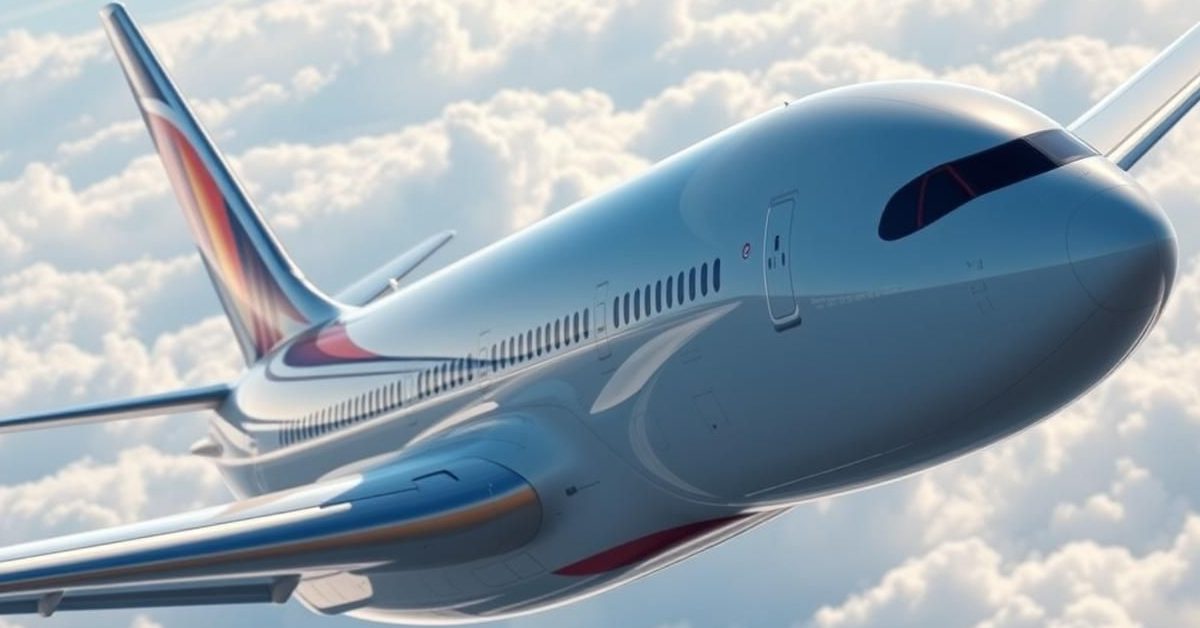Following a preliminary report on the recent Air India Boeing 787 crash, Etihad Airways has initiated a precautionary inspection of the fuel control switches on its own 787 fleet.
Etihad’s Proactive Check
Abu Dhabi-based Etihad Airways has issued an engineering work instruction (EWI) for its Boeing 787 aircraft. This move comes despite reassurances from the US Federal Aviation Administration (FAA) and Boeing that the fuel switch locks on these planes are safe.
The airline is taking this step as a preventive measure. It aims to ensure the critical fuel control switches, which manage fuel flow to the engines, are properly engaged and their locking features are fully functional.
The Air India 171 Investigation Unfolds
India’s Aircraft Accident Investigation Bureau (AAIB) released its preliminary report on the June 12 Air India Boeing 787-8 crash. The report suggests the most probable cause was the engines being starved of fuel.
Crucially, the report indicates that the engine fuel control switches unexpectedly moved from ‘RUN’ to ‘CUTOFF’ within seconds of each other shortly after takeoff. Interestingly, cockpit voice recorder data shows one pilot asking why the fuel was cut off, and the other pilot denied doing so. The report does not state that either pilot intentionally moved the switches.
Understanding Fuel Control Switches
These switches are vital, controlling the fuel supply to the aircraft’s engines. They are designed with a protective locking mechanism.
Experts explain that the spring-loaded switches typically require pilots to lift them up before moving them between the ‘RUN’ and ‘CUTOFF’ positions. This design makes accidental movement difficult.
A Past Warning Unheeded?
The AAIB report also highlights a 2018 Special Airworthiness Information Bulletin (SAIB) from the FAA. This bulletin warned about the “potential disengagement of the fuel control switch locking feature.”
However, Air India did not perform the inspection suggested by this SAIB. It was only an advisory and not a mandatory directive. While the aircraft’s throttle control module was replaced in 2019 and 2023, these replacements were not related to the fuel control switches, and no defects with these switches had been reported since 2023.
What Etihad’s Check Involves
Etihad’s EWI outlines a specific procedure for its engineers. They are instructed to gently attempt to move both engine fuel control switches without lifting or applying excessive force.
If the switches do not move freely without being lifted, it confirms the locking feature is working correctly. However, if they move without lifting, it indicates a failed or disengaged lock, prompting engineers to replace the entire thrust control module.
Beyond Mechanical Glitches
While the focus is on the physical switches, some experts and pilots suggest other possibilities. Investigators are being urged to consider if an electrical or software malfunction could have falsely indicated the switches were in ‘CUTOFF’ mode, even if they hadn’t been physically moved. This includes looking into component fatigue or other mechanical failures.
- Etihad Airways is conducting precautionary inspections of fuel control switches on its Boeing 787 fleet.
- The Air India 787 crash preliminary report suggests engines were starved of fuel due to unexpected switch movement.
- A 2018 FAA advisory on potential switch lock disengagement was not mandatory and not followed by Air India.
- Fuel control switches have a safety lock requiring a lift to move positions, making accidental shifts unlikely.
- Investigations are still exploring other possibilities, including electrical or software malfunctions.
This ongoing investigation highlights the critical importance of every component in aviation safety and the proactive steps airlines take to ensure passenger security.














